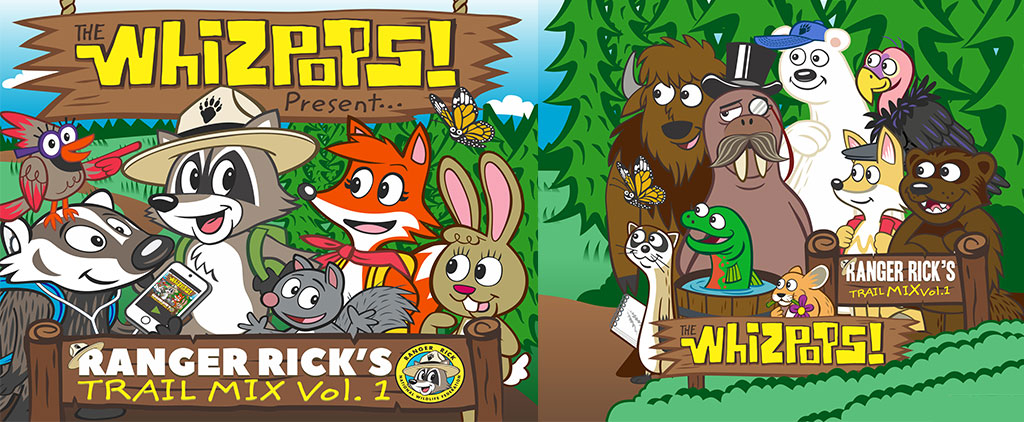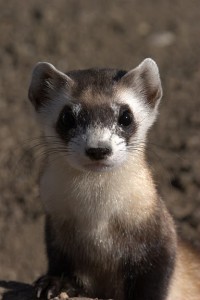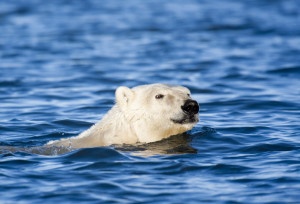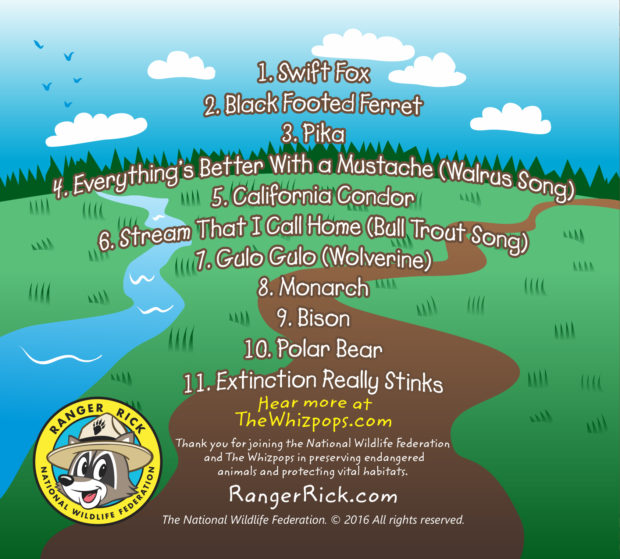We have much more to do and your continued support is needed now more than ever.
New Grooves for Endangered Species Day!
Ranger Rick’s Trail Mix Volume 1

We have an Endangered Species Day challenge for you: get up out of your seats and groove to some fun, catchy songs about wildlife living in the United States.
To raise awareness and educate the public about beloved species like the pika, monarch, and walrus, the National Wildlife Federation has teamed up with The Whizpops, an up-and-coming “kid and environment-centric” band extraordinaire from Missoula, MT, to create Ranger Rick’s Trail Mix Volume 1, an album devoted to wildlife and their habitats. These songs are sure to teach both children and adults fun and useful information about an array of North American species!
Celebrate Endangered Species Day with new grooves!
Order NowIn honor of the album’s release today, let’s learn a bit about some of the featured endangered and vulnerable species:
Black-footed Ferret

Black-footed ferrets are only found in the United States. Once close to extinction in the wild, the ferrets have since been reintroduced in some Midwestern states. This species once populated large open areas like the Great Plains until humans removed their main food source, prairie-dogs, which were viewed as agricultural pests. As the song, Black Footed Ferret, describes, “When the sun goes down over prairie dog town/ That’s when we step out and bounce around/ With a black tip on my tail and this mask upon my face/ I’m still slidin’ by despite the human race.” The decline of the ferrets’ ideal “furry snacks” by humans and disease has consequently impacted the ferrets’ population.
Take a listen to a preview of this song:
California Condor
This critically endangered species can be found along the west coast. In 1981, the California condor’s population consisted of only 22 birds. Since then, the birds have been kept in captivity and are being reintroduced to the wild, but unfortunately, lead poisoning — which caused the initial population decline — is still a major threat to condors today. The song captures their story: “Back from brink, back from the edge/ Your food and your drink, full of fragmented lead/ Safe in captivity your species bred.”
Preview California Condor:
Polar Bear

Most polar bears live north of the Arctic Circle to the North Pole, and some can be seen in Alaska. Polar bears are vulnerable to extinction because the sea ice that they use for habitat and to find prey is melting for longer periods of time due to the warming climate. Without this vital sea ice, polar bears are catching fewer seals and getting stranded in the open waters.
As Polar Bear voices, “Well I could swim one hundred miles today/ With partly webbed paws and blubber for buoyancy (while the sea ice melts away)/ And retreats in the heat.”
Hear more:
Bull Trout
Native to the Pacific Northwest, bull trout populations are suffering from unhealthy water conditions. They are sensitive to environmental factors such as water temperature, water quality, and competition with other fish species for food. Their ideal habitat is in cold water habitats as described by Stream that I Call Home (Bull Trout Song) lyrics, “Some stay where they are, never leaving the stream/ Some migrate so far to creeks connected and clean/ We could live 12 years and grow heavier than we are old, in our flowing home, connected and cold.”
Extinction Really Stinks
As the album’s closing song plainly states, Extinction Really Stinks. A study released in 2014 concluded that the rate of extinction, mainly caused by habitat destruction and climate change, is 100 to 1,000 species lost per million per year.
We must work together today and every day to protect and conserve our country’s wildlife and wild places. Honor Endangered Species Day by learning more about the species that are at-risk right here at home.
Full list of songs in Ranger Rick’s Trail Mix Volume 1:























